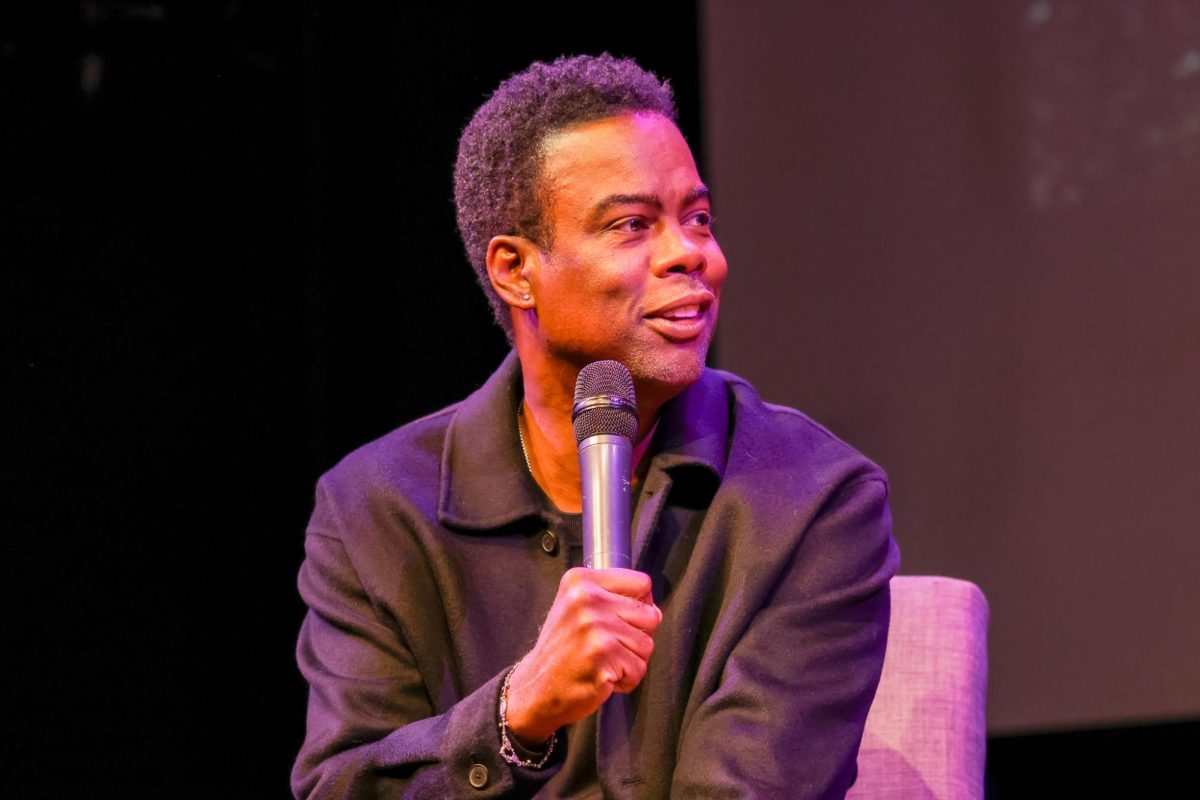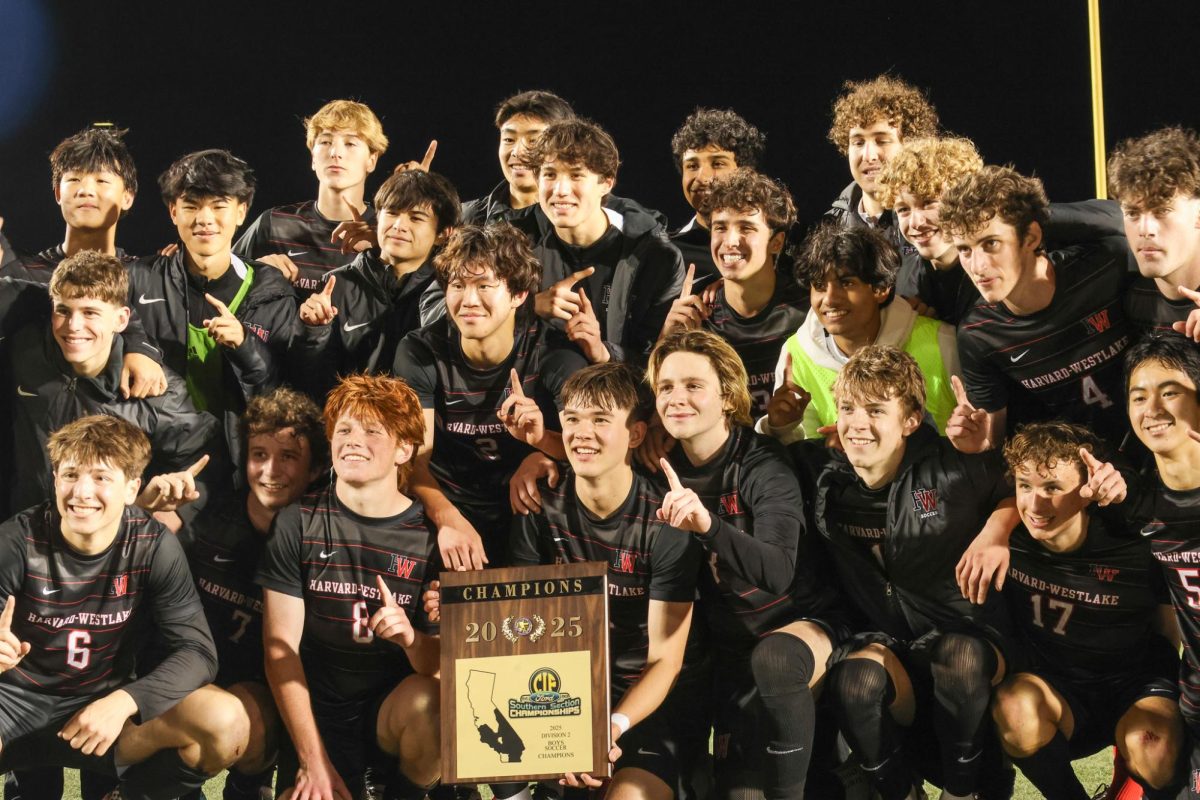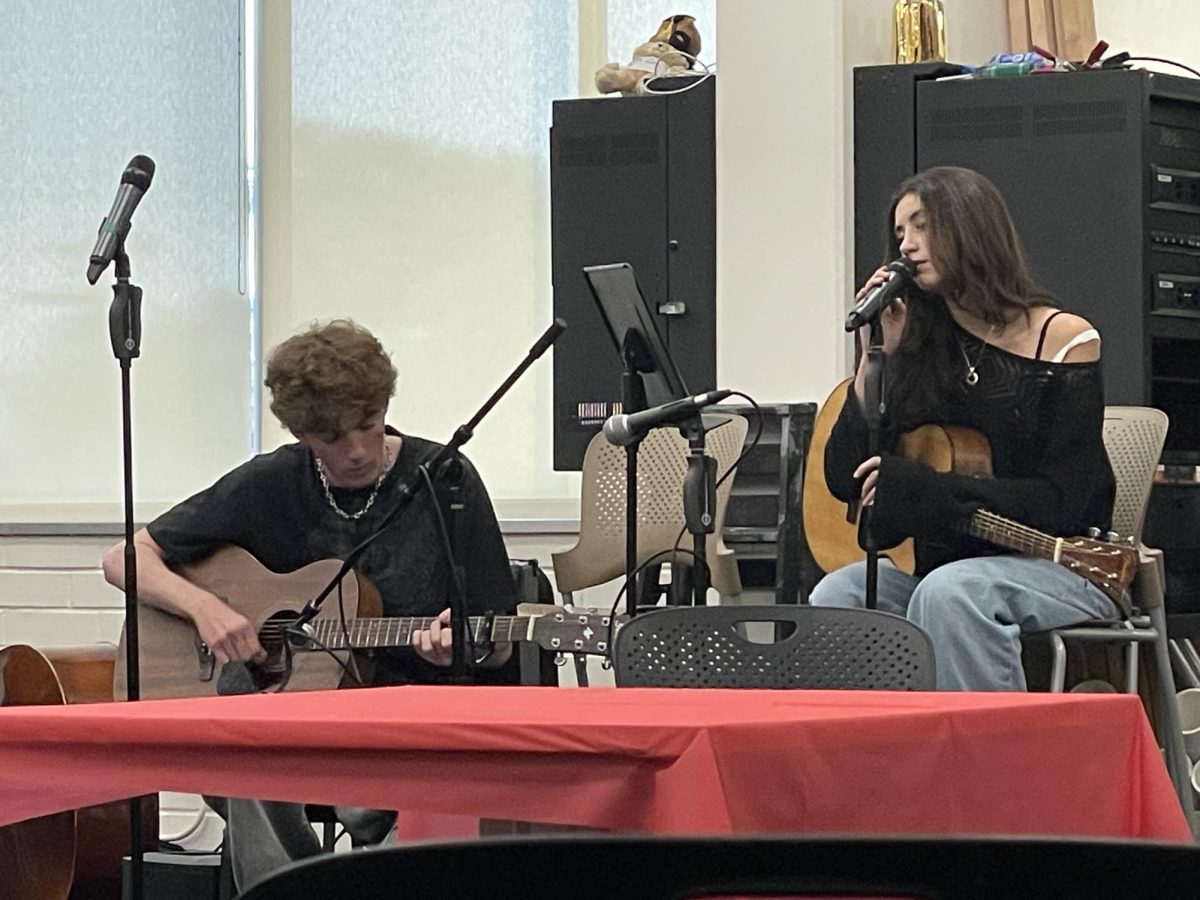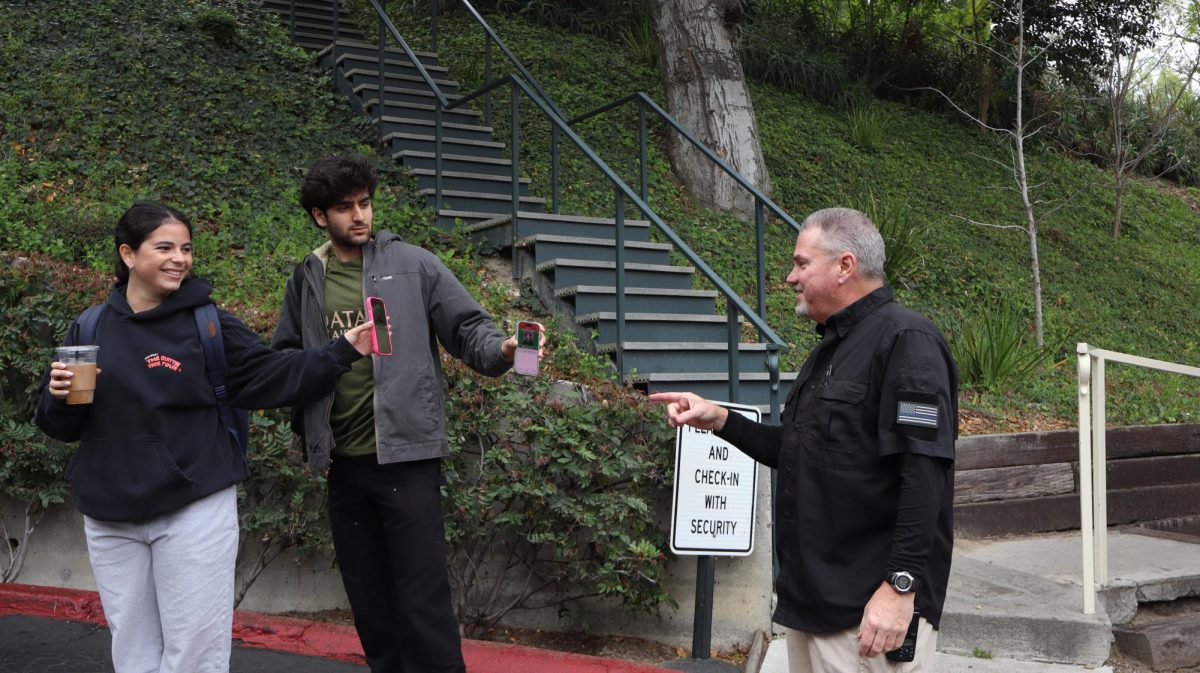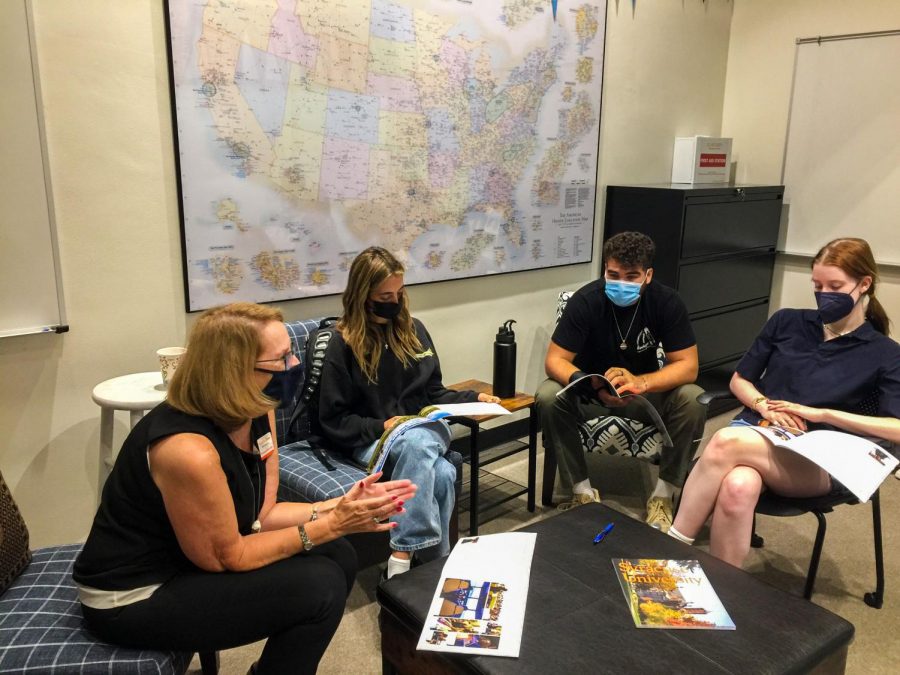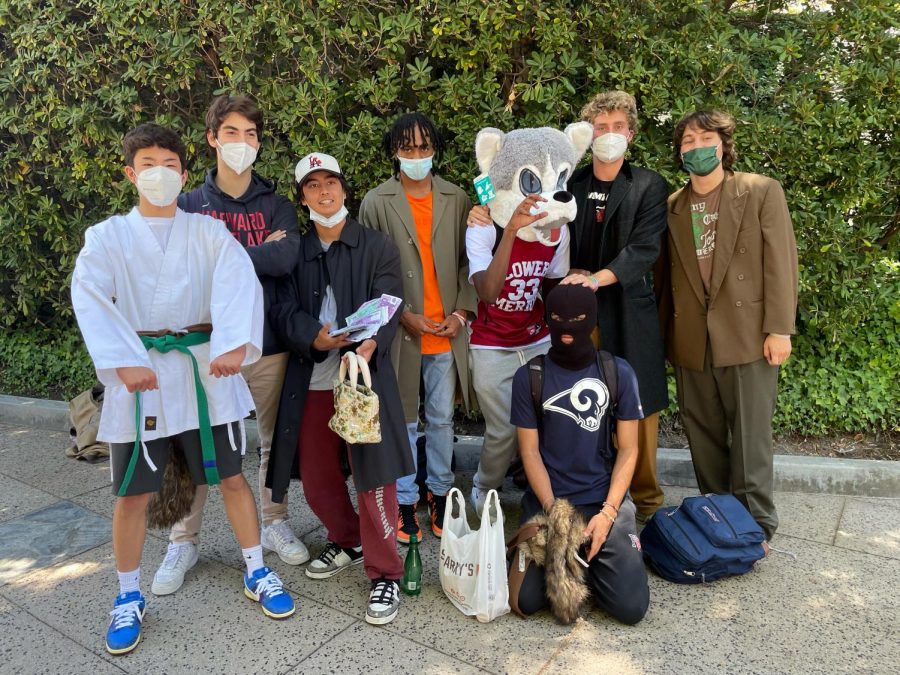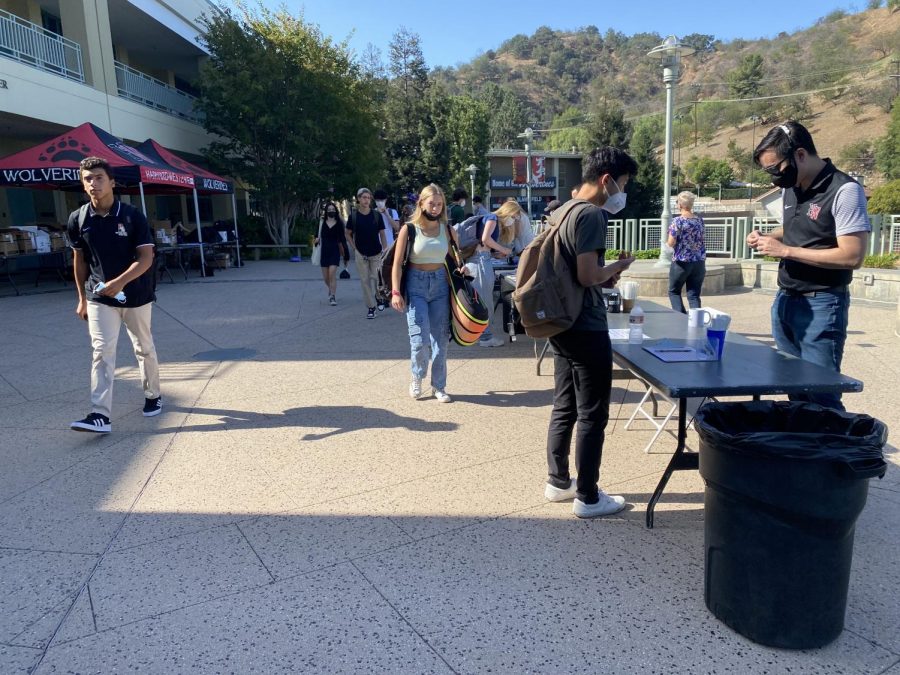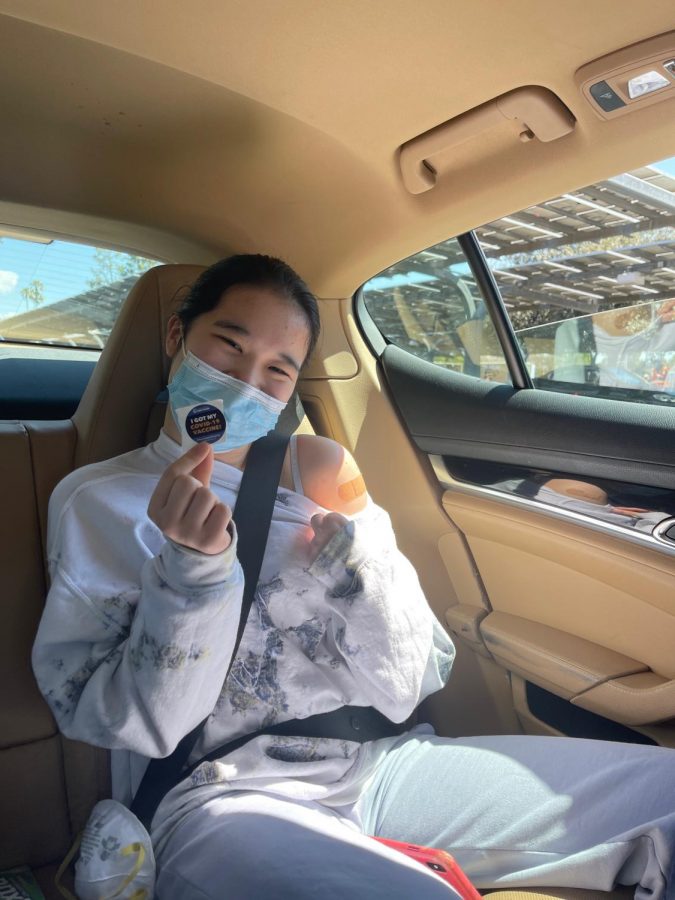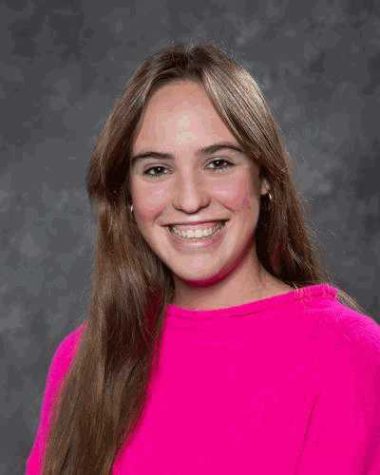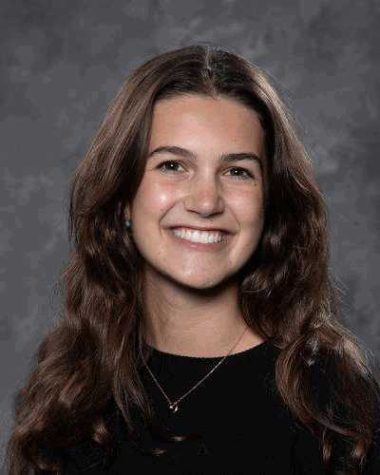The administration released their Return to School Plans and Guidelines for the 2020-21 school year July 31. According to the plans, students will attend classes from home in a distance-learning model upon their return to school Aug. 24.
Return to in-person learning will require pod approach
The action plan, developed by a task force of administrators from both campuses, outlines the school’s updated reopening system in accordance with public health recommendations from the Centers for Disease Control, the California Department of Public Health and the Los Angeles County Department of Public Health. The plan also includes guidelines for the responsibilities of students’ families and the school community as a whole.
Once Los Angeles County is taken off California’s County Monitoring List for 14 consecutive days, the school will be able to resume on-campus learning through a pod approach, in which grade-level pods will be able to attend classes in-person two to three days per week. However, all classes will be available through Zoom, as students, faculty and staff are not required to come to campus on pod days if they do not feel comfortable doing so.
Head of Upper School Beth Slattery said that although many students are excited to return to campus, some teachers are concerned.
“I think families in particular are really eager for their kids to be in-person,” Slattery said. “It’s been an interesting situation because faculty are a bit more reluctant to return to school because they are older than students and typically have child-care concerns or are caring for a parent.”
According to the plan, some students who choose to return to campus will attend class with their teachers present while others will attend class remotely from a different spot on campus in order to maintain proper social distancing.
Sarah Rivera ’21 said she probably will not return to campus, even when the pod approach is implemented.
“I will most likely end up staying home, just because [the pod approach] seems more inconvenient than anything,” Rivera said. “I understand that being on campus for school is a necessary experience, but having teachers teach in person and on Zoom at the same time does not at all seem practical to me.”
Distance-learning model, block schedule may prove challenging for students
Slattery said she is worried about the way remote learning will affect students’ interactions with their teachers.
“I would say that the biggest concern I have is not about content or whether kids will learn the material but mostly about the building of relationships,” Slattery said. “Last year, we had the benefit of [students] knowing [their] teachers for three quarters of the year, so transitioning to remote [learning] wasn’t problematic. Now, teachers have to be so much more intentional in the way they connect with kids.”
Although the schedule for the beginning of the year is modified, it closely resembles the block schedule approved by the New Schedule Committee. According to the revised schedule, which will remain in place for the remainder of the year, classes will rotate in a six day cycle, and most periods will be 75 minutes long.
Slattery said she thinks the modified schedule may prove challenging when implemented remotely.
“I’m actually not that worried about the new schedule because teachers have been working so hard for almost two years now to revamp the curriculum,” Slattery said. “I think the only piece [that is concerning] is that blocks were not meant for Zoom. I think it might be a little bit harder to kind of manage the active screen time if you have 75-minute blocks.”
Most days, classes will begin at 8:30 a.m. and will end at 3:10 p.m. or 3:25 p.m., depending on the day of the cycle. The school day will be followed by office hours to provide time for students to meet with teachers, and lunch will last one hour instead of 50 minutes.
Students said they hope to once again experience campus life, though they understand the issues with returning.
“All I want to do is go back to normal school,” Colin Luse ’22 said. “Personally I’m willing to deal with the possible consequences. I hope the administration can figure something out soon so we can see each other again and get back to normal life.”
When conditions allow for students to resume in-person learning, they will be required to complete COVID-19 testing in order to return to campus. In addition, once students have returned to school, they will be required to follow precautions such as wearing school provided KN95 masks at all times, participating in contact tracing, receiving daily temperature checks and completing a self-certification through a health app each day.
Students express differing opinions about the social impacts of remote learning
Katharine Doble ’22 said she feels the school is handling the reopening plans well and is excited for her junior year.
“I am looking forward to returning to campus, as the reopening plan takes all necessary safety measures [into account] while allowing students and faculty to connect in person,” Doble said.
Rivera said she was eager to spend her senior year with her peers and is disappointed that the school’s reopening plans may prevent her from experiencing senior year traditions such as Homecoming and Prom .
“Socially, I wanted this to be a really fun senior year, and I just don’t think that’s going to be possible if we’re all online,” Rivera said. “It’s almost like we’re already at college at this point if we’re just seeing everybody virtually.”
Commons recommends patience in the return to in-person learning
In the all-school email announcing the Return to School Plans and Guidelines, Commons said the return to in-person learning will require patience from the community, but the school will ultimately improve from the challenges posed by the COVID-19 pandemic.
“With the unpredictability of the virus’s spread and the still-evolving science of prevention, planning for safe, in-person interaction can feel like taking aim at a moving target,” Commons said. “As such, I ask for your understanding and resilience when some aspect of our preparations proves to be imperfect or conditions force us to change along the way. We will continue to adapt and improve, and we will emerge from this crisis an even stronger and better school.”































